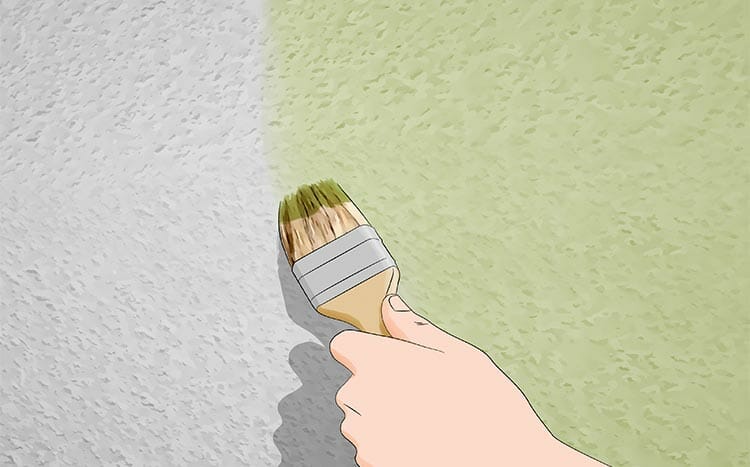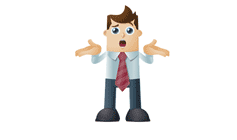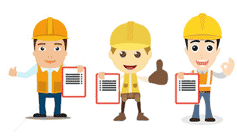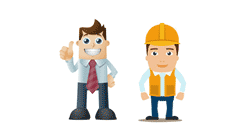Contemporary design preferences often favor clean, unadorned walls paired with vivid colors that infuse the space with vibrancy. Yet, incorporating distinctive textures into walls or ceilings can endow your dwelling with character. It’s not necessary to add texture to every part of the room; choosing to accent just a single wall can significantly change the ambiance and appearance of the space.
It costs about $1.25 per square foot on average to texture drywall, with a range of $1.15 to $1.35 per square foot. Most homeowners pay approximately $625 on average to texture an area of 500 square feet. This cost ranges between $575 and $675.
| Service | Quantity | Range |
|---|---|---|
| Texture Drywall Cost per sq. ft. | 1 sq. ft. | $1.15 to $1.35 |
| Labor Cost | 1 Hour | $30 to $60 |
| Material cost 10 x 12 room | 10 x 12 room | $40 to $50 |
| Cost Range Per 1,500 sq. ft. House | 1,500 sq. ft. | $1,500 to $2,000 |
| Texture ceiling only | 10 x 12 room | $120 to $300 |
| Texture walls only | 10 x 12 room | $120 to $200 |
| Painting texture cost | 10 x 12 room | $100 to $250 |
The national average cost of materials to texture drywall is about $0.34 per square foot, coming in between $0.32 to $0.37 per square foot. When labor is included, this costs ranges between $0.99 and $1.20 with an average of $1.10 per square foot. The project’s actual price depends on the finish level, texture type, thickness, and job complexity.
What we cover
ToggleCost to texture drywall by style
The cost of texture drywall varies from one style to another. This table provides you with the approximate cost for different texture styles.
| Texture type | Cost Per Square Foot |
|---|---|
| Popcorn spray | $4.27 to $4.47 |
| Orange peel spray | $1.28 to $1.48 |
| Knockdown spray | $1.41 to $1.61 |
| White sand Paint | $1.34 to $1.54 |
Popcorn spray texture
The popcorn spray texture is very common among homeowners. It is mostly used on ceilings, and its uneven distribution eliminates the need to cover ceiling repairs. This texture is slightly extruded and has a rounded knob-like design. It can slightly dampen sounds, thus adding privacy to your home.
Applying this texture costs between $4.27 and $4.47 per square foot. It is easy to apply, so you can DIY the project if you wish. Materials you will need for the texturing include the popcorn texture, hopper gun, and air compressor. You can rent these materials from Home Depot or a local home building shop.
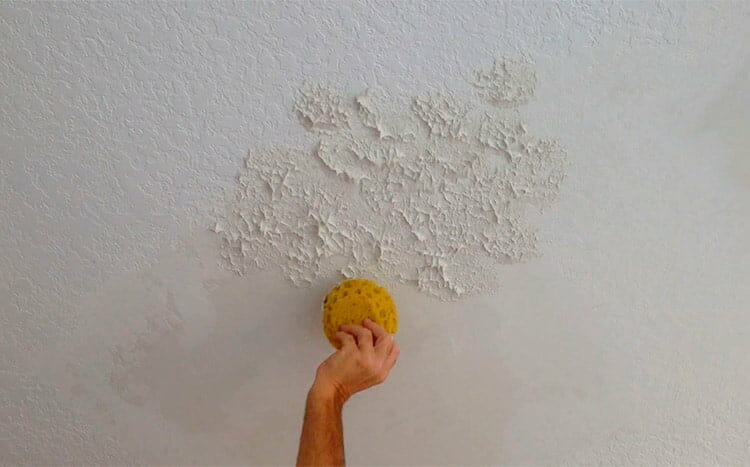
Orange peel texture
The orange peel texture derives its name from an orange. It resembles the cracked and somehow wrinkled surface of an orange peel. The surface of this texture has gentle curves, which differentiates this texture from a knockdown. Before applying this texture, you must prime the walls first. Once you apply the texture, you can prime and paint the walls with the preferred color.
You can pay a professional about $1.28 to $1.48 per square foot to apply this texture. Also, since it is relatively easy to apply, you can DIY the project and save some dollars.
Knockdown spray texture
The knockdown spray texture is almost similar to the orange peel. It creates a unique, rustic pattern on the walls and makes your room stand out. The process of applying this texture is similar to that of the orange peel texture with an additional step. After applying the orange peel texture, you need to flatten the bumps and peaks using a wide knockdown knife.
However, you should wait for about 10 to 15 minutes before you start to flatten the rooms. If you hire a professional to apply this texture for you, expect to pay about $1.41 to $1.61 per square foot.
White sand Paint texture
This paint texture adds personality to a room without overwhelming it. It is easy to apply using perlite (sand mixed with primer) and a 7’ paintbrush. A hopper gun is also used to spray this texture onto the ceiling. This texture produces a textured surface that does not crack or separate when done right. You can pay about $1.34 to $1.54 per square foot to apply this texture.
Cost to texture a ceiling
On average, it costs about $120 to $300 to texture a 10 x 12 ceiling. The cost to texture a ceiling ranges between $1 and $2.5 per square foot. Ceilings are slightly costlier to install and texture than walls because of their height. The overall cost for texturing a ceiling depends on its height, type of texture applied, and texture thickness.
Cost to skim coat a room
If you would like to skim coat your walls before texturing, expect to pay about $1.2 per square foot for the project. The range for this project is in the vicinity of $1.10 and $1.30 per square foot. Most homeowners pay about $400 to $600 to skim coat their homes. This cost does not include drywall, and it varies widely depending on the condition of the house, size, and location.
Cost to paint texture
The average cost to paint texture is about $350 to $500, depending on the room’s size. Most professionals prime the walls before applying the texture then paint afterward. The surface can also be primed after texturing to make the paint adhere better. If the walls or ceiling are high, the cost can be higher because special tools such as scaffolding will be used.
Additional expenses for texturing a drywall
Before you begin your texturing project, you should determine all the additional expenses you are likely to incur. The cost of the project will also be partly influenced by how much repair and prep work needs to be done. For instance, if you need to remove the existing texture before applying the new one, the cost can be much higher.
The cost to remove existing textures is about $1.40 per square foot, while debris disposal can cost about $0.33 per square foot. The labor cost to prep the surface is approximately $0.93 per square foot.
You will also need to do any necessary repairs before texturing the walls. Common repairs include water damage and imperfections in the ceiling or walls. Water leakages form spots on the drywall, which means you must skim the surface before texturing at the cost of $1.2 per square foot. Repairing drywall costs about $1 to $3 per square foot, depending on the extent of the damage.
If the damage is extensive, you will be forced to replace the drywall, which will be costly. Drywall costs about $10 to $30 per panel, while the price to replace it ranges from $3 to $4 per square foot.
It is essential to calculate all the additional expenses to know the actual cost of the project. If you hire a contractor to handle the entire project, make sure you get a detailed estimate. Knowing the overall cost will help you plan your budget and avoid surprises when the work kicks off.
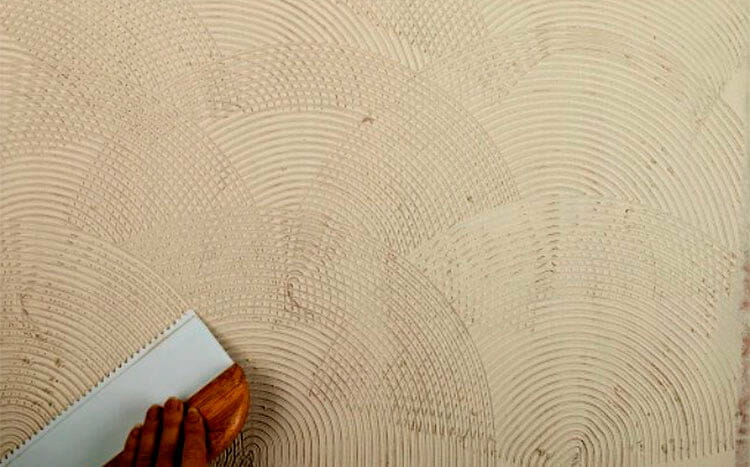
Average Labor cost to texture drywall
The average labor cost to texture drywall is approximately $0.8 to $1.0 per square foot. The labor cost per hour ranges between $30 and $60. Texturing takes about 5 to 7 hours, which means you can pay about $150 to $500 depending on how fast the contractors work.
Hourly rates, however, tend to be unreasonable because the work can sometimes last more than a day. For this reason, always ask your contractor to give you a fixed rate based on how many hours the project may take.
DIY vs. Hiring a Professional cost
You can decide to DIY or hire a professional, depending on what you want. If you want to save money, you can texture the walls yourself. However, if you want a professional finish, hiring a pro is the best choice.
Do It Yourself
There are so many things you can do to lower the overall cost of the project. For instance, you can DIY most of the prep work and save some money. Professionals charge about $30 to $60 per hour, so if you do the prepping and repairs, you will likely save a lot of money.
You can also texture the walls yourself if you have an idea of how the process is done.
However, you will need several tools for the project. If you have the tools, you can spend about $20 to $100 on the materials.
If you do not have tools, you should buy or rent them in advance. Once you know the type of texture you want to apply, you can rent the necessary tools from a local rental center. Also, ensure you buy all the needed materials for the job. In total, you may spend about $200 to $300 for materials and tools, which is cheaper than hiring a pro.
DIY pros
- You will save a significant amount of money because you will not pay for labor costs.
- You will have the final say on the project.
- Starting and finishing a project on your own gives you satisfaction.
- Your hands-on skills will be increased.
- You will be able to bring your vision into reality.
DIY cons
- You may lack enough skills to texture the walls and end up ruining them. This may lead to extra expenses.
- DIY projects take a long time. While a professional takes about 5 hours to texture walls, you can take about 13 to 14 hours to complete the same project.
- If you are not used to heights, you may risk getting injured during the project.
- You will still need to rent tools, which may be costly because they are priced per hour.
Hiring a Professional
If you are unsure of your skills, hiring a professional is the right thing to do. Texturing drywall may seem easy, but it should be done by specialty contractors. The skill needed is high, so you must ensure you find the right match for the project. Also, ensure you get several quotes to determine the price range of the project. Make sure you hire an insured contractor to protect you in case of damages and injuries during the work.
Pros of hiring a professional
- Since pros have the expertise and skills to texture walls, they will finish the work within a short time.
- Experienced contractors do their work to perfection. So your walls and ceiling will have a professional look and feel.
- Pros come with their own tools and materials. Therefore, you will not go through the hassle of buying materials or renting tools.
- With pros, you will not worry about damages and wastages because they are trained to handle all types of jobs, even the most complex ones.
Cons of hiring a professional
- You will spend a lot of money, especially if there are prepping and repair costs involved.
- Hiring a pro means you will not have control over your project. More so, the professional may not personalize your vision.
FAQ’s
Do you need to texture drywall?
Once you hang, mud, and primer your drywall, you should decide whether to texture or paint it. Textured drywall can be light or heavy with simple or complex textures. Texturing also hides seams and imperfections, making it a cost-saving finishing option. Besides, textures make the walls appealing and add to the aesthetics of your home.
What is Level 4 of drywall finish?
Level 4 drywall finish involves taping and embedding all joints and angles with mud. The joint compound is then wiped immediately using a joint knife to leave a thin coating over the interior angles and joints. This drywall finish level is ideal for flat paints, wall coverings, and light textures.
What is the most popular drywall texture?
The most popular drywall texture is popcorn that provides a round bubble-like texture. Orange peel is also very common, and it is applied using a thick nap roller or sprayed using mud hoppers and air compressors.
How long does it take to texture drywall?
It takes about 5 to 7 hours to texture drywall, depending on the type and thickness. A company with employees can take a shorter time to texture the walls than a contractor working solo. Ceilings and walls can be ready to texture about three hours after painting.
How much drywall texture do I need?
As a general rule, one pound of drywall covers approximately 18 square feet. For a 200 square foot project, you can use about 11 pounds of mud. However, make sure to budget around 15% more on the cost due to spills and waste.
Texturing drywall is relatively easy, and any DIYer can do the project on their own. However, for a professional look and feel, it is best to work with a qualified contractor. The skill level for this kind of job is high because some textures are applied by hand. Ensure you get a detailed estimate to know exactly how much money you need and how it will be used.
